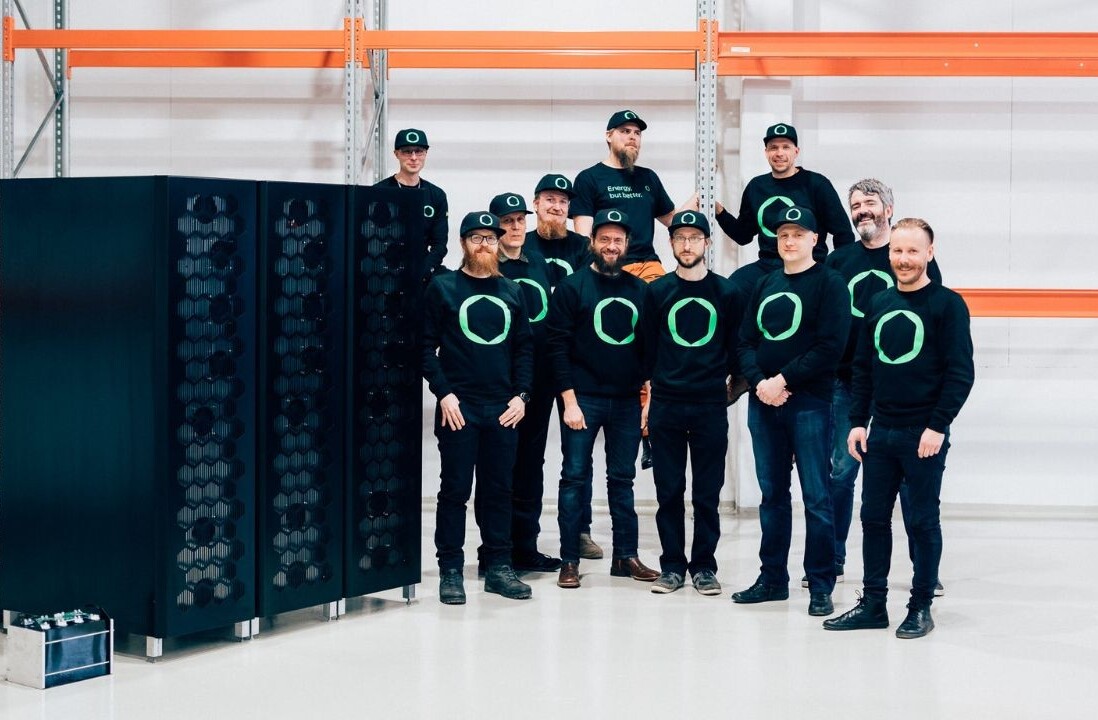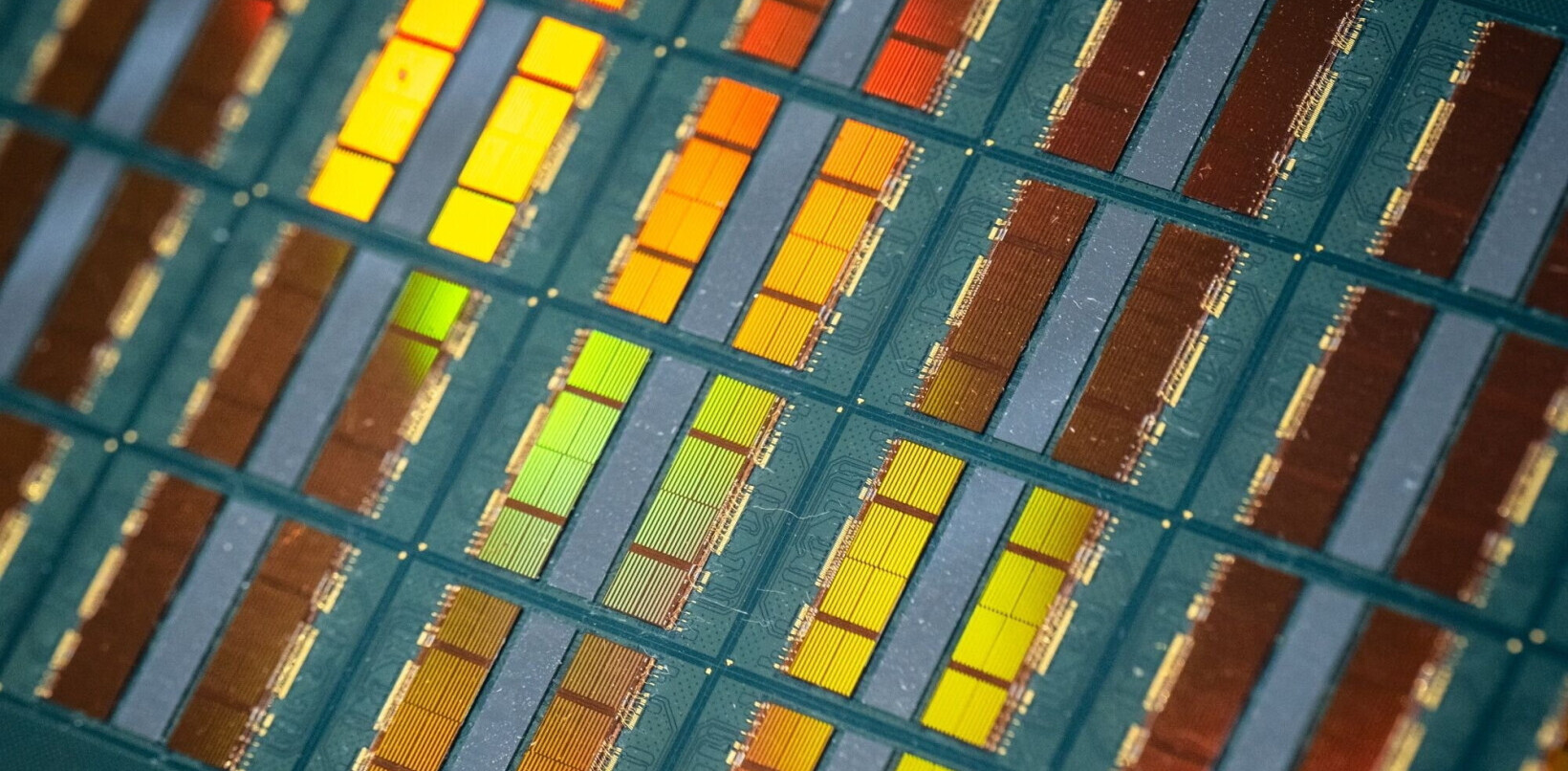
Did you know SHIFT is taking the stage this fall? Together with an amazing line-up of experts, we will explore the future of mobility during TNW Conference 2021. Secure your ticket now!
The worldwide semiconductor chip shortage has been slowing down car production for a while now. Toyota announced last month it would reduce production by 40% and a recent survey shows US automakers are set to produce 1.28 million fewer cars this year.
But what does it mean for the rest people buying cars? How bad is the problem, and how did we get here? To find out, I went straight to the source and asked car makers, researchers, and those working in manufacturing and supply chains for their take. Here’s what they had to say.
What exactly are semiconductor chips?
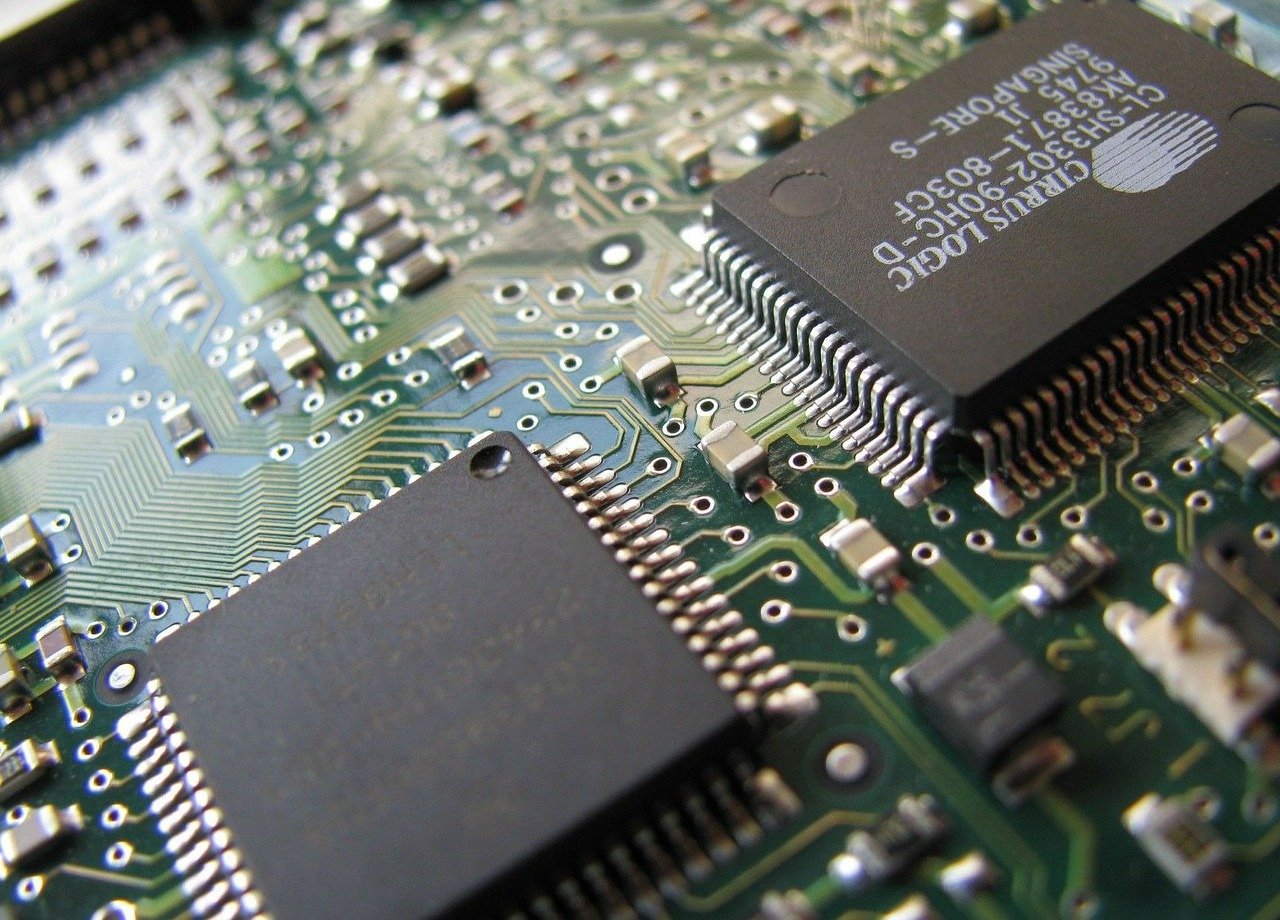
No idea? No worries, I asked IEEE Fellow Tom Coughlin, who explained that:
Semiconductor chips are packages with electronic connections to various devices built into the chips and used in most electronic devices.
Die-cut silicon wafers are used to manufacture these chips in expensive semiconductor factories. They provide a number of functions, including computing, network routing, storage, memory, sensors, nano and micro-machines, and even some biological analysis functions.
Alright, simple enough. But what makes them so important? According to Nir Kshetri, a Professor at the University of North Carolina–Greensboro, and a research fellow at Kobe University, as many as 169 industries in the US rely on access to semiconductors to make their products.
New industries such as 5G, self-driving vehicles, artificial intelligence, and IoT are rapidly increasing worldwide, relying heavily on chips.
So, how did we get here?
There’s a bunch of different opinions as to the cause of the problem. Kshetri points out that COVID-19 shutdowns lead to a drop in car sales. Consequently, the auto industry reduced semiconductor purchases.
At the same time, demand for PCs and gaming devices increased due to the shift to online education and working from home.
When the demands for cars rebounded, automobile manufacturers discovered that the semiconductor manufacturers had readjusted their productions to fulfill the orders from those other industries that experienced a boom during the pandemic.
In addition, the auto industry was badly affected by a fire at Japan’s Renesas Semiconductor Manufacturing. The company usually produces about one-third of microcontroller chips embedded in cars globally.
But the problem is also indicative of a bigger industry problem, says Christian Lanng, CEO of Tradeshift. He contends the shortage is not a once-in-a-century event, but rather, that COVID-19 has revealed the inherent fragility of overextended supply chains. The next crisis isn’t far off in the future: it is happening now:
It is the logical outcome for a supply chain sector that has been asking far too much of outdated technologies for far too long. COVID-19 wasn’t the cause: it was merely the tide that went out and showed which businesses had been swimming naked.
What exactly is the demand for chips in vehicles?
Automakers use about 10% of the chips on the semiconductor market. A typical car (the Earth-killing type) uses between 50 and 150 semiconductors. However, a modern electric vehicle can use up to 3,000 chips. Oof.
So what does this all mean for Electic Vehicle production?
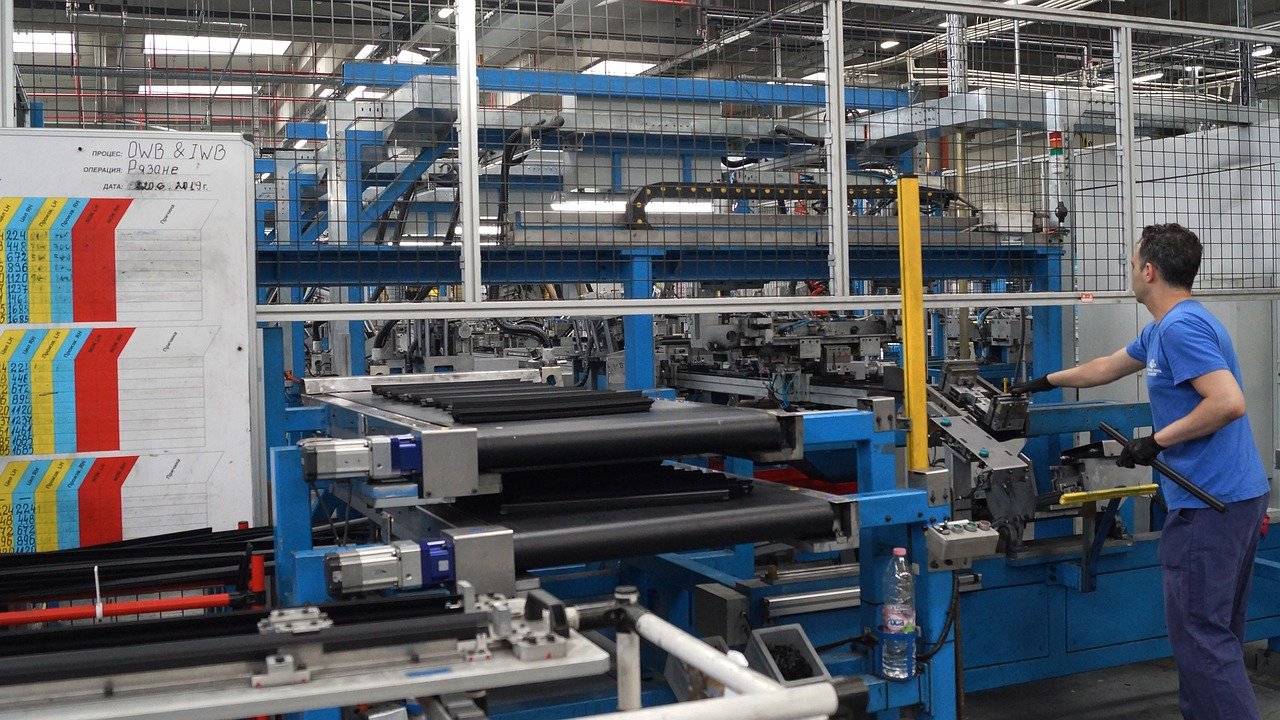
Burke Files, Advisor to the Board at Unicus Research, sees a significant delay to market as companies making motorcycles, tractors, electric bikes, and delivery vans have substantial inventories of completed vehicles… except for their computers and processors.
Even Elon Musk alludes to the problem on Twitter, stating, “2021 has been the year of super crazy supply chain shortages, so it wouldn’t matter if we had 17 new products, as none would ship.”
2021 has been the year of super crazy supply chain shortages, so it wouldn’t matter if we had 17 new products, as none would ship.
Assuming 2022 is not mega drama, new Roadster should ship in 2023.
— Elon Musk (@elonmusk) September 1, 2021
Further, there’s tension within big car manufacturers on how to use the few chips they do have. Should they be used in Internal Combustion Engine vehicles, or is it better to reserve them for their EV fleets?
Files explained the dilemma facing chipmakers:
Do they ship chips to their valued clients or small startups? Some suppliers of chips for computers and processors have a backlog of orders that is over 40 weeks long.
If we assume all orders are filled — which they won’t be — the EV makers still face significant expenditures of cash just waiting for the chips and paying an estimate two to three times what was budgeted.
Many of the startup EV makers just do not have enough cash to wait a year for the chips.
Will the semiconductor chip shortage speed up other innovations?
Semiconductor chips have long been the poster child of Moore’s Law, where the number of transistors on a microchip doubles every two years, while the cost of computers is halved.
But aside from the shortage, environmental concerns about ongoing electrical consumption and rare earth minerals are an industry challenge.
Traditional semiconductor chips might be getting a competitor through gallium nitride (GaN). GaN’s can conduct electrons better than silicon at a lower manufacturing cost.
In effect, this would allow electric cars to charge faster and save more energy by using up less carbon dioxide than usual.
Another innovation is in photonics (optics). Photonic materials use light instead of electricity to run chip processes and other components in computing and networking, and it applies to any computing process, including automobiles.
Compared to semiconductor chips, chips from photonics are smaller in chip size, run three to ten times faster, use less power, and no rare earth minerals (which is great). While photonics has primarily been proved and applied in academia (20+ years history), recently, photonic materials have been put into commercially available devices directly.
Erica McGillivray, from the Nonlinear Materials Corporation, explained that:
By using photonics, automobile manufactures can increase performance factors in cars without increasing their environmental footprint. They may even be able to decrease them.
This can also be done without massively changing how automobile manufacturers build their cars because photonics is easily hybridized with electronic components.
So… what is the impact on consumers?
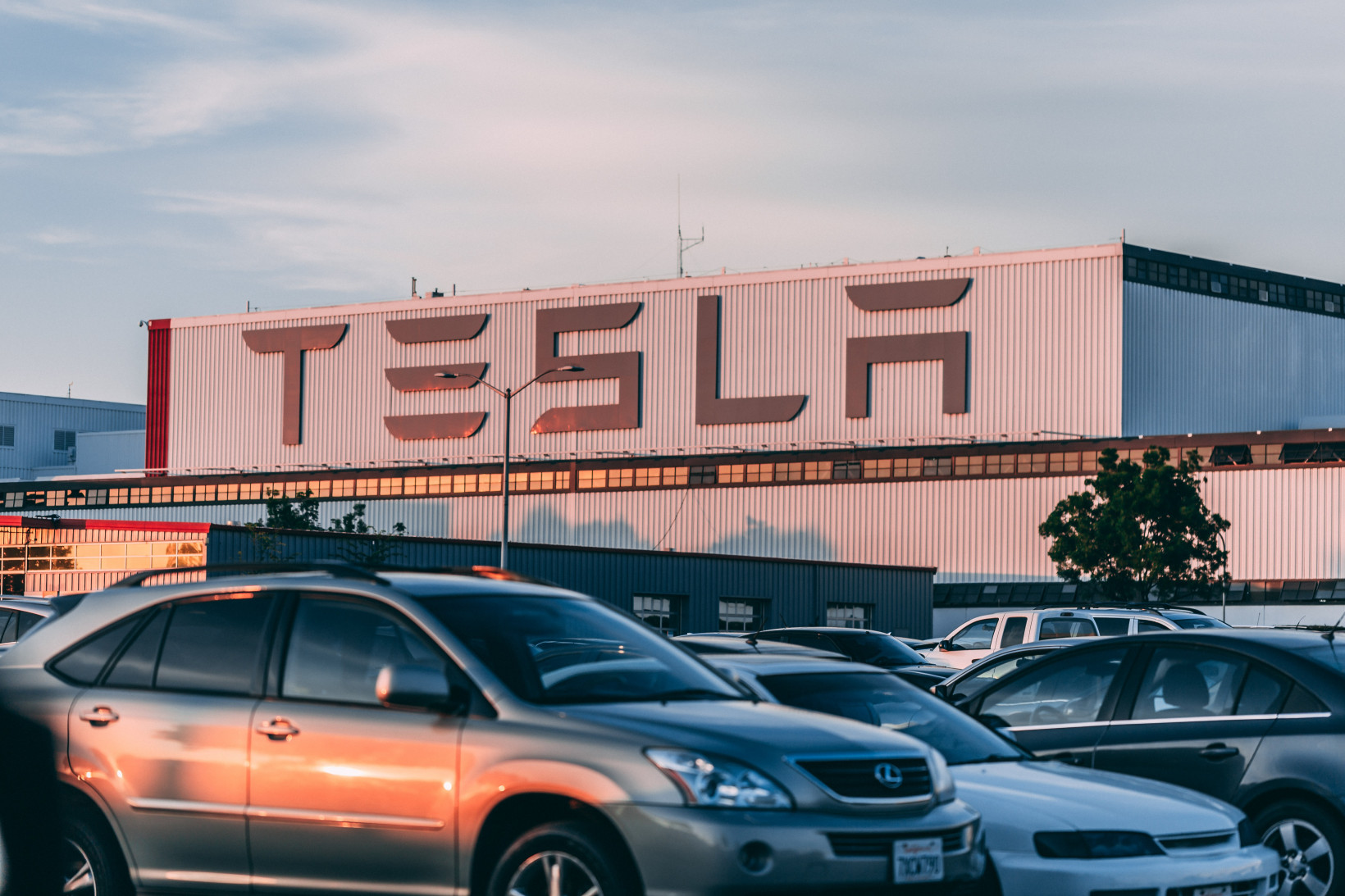
Overall, you should prepare to pay more and wait longer for the cars you want.
Matt Pressman, President of EVANNEX Tesla accessories, says a lot of their customers are experiencing delays with their Tesla’s delivery dates. “Many have told us they’ve had deliveries pushed back from 3Q or 4Q 2021 to 1Q 2022.”
David Yang, the Director of Innovation Consulting at R/GA, suggests that in the short term, consumers should continue to expect less negotiating power at the point of sales — electric vehicles or otherwise.
For discretionary vehicle purchases, they may do well to wait things out rather than jumping into a supply-constrained market, which could lead to paying more for a car that’s not exactly what they want.
So long story short, you will wait a while for your new car while the manufacturers play catch up.
Do EVs excite your electrons? Do ebikes get your wheels spinning? Do self-driving cars get you all charged up?
Then you need the weekly SHIFT newsletter in your life. Click here to sign up.
Get the TNW newsletter
Get the most important tech news in your inbox each week.


